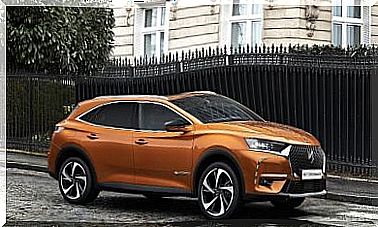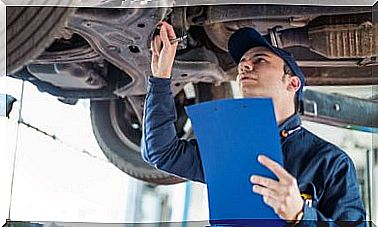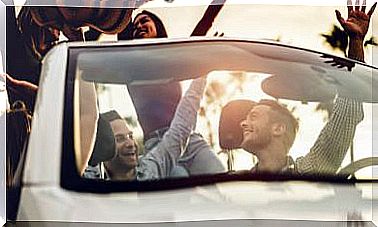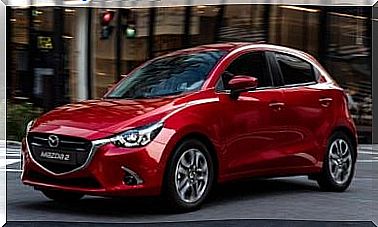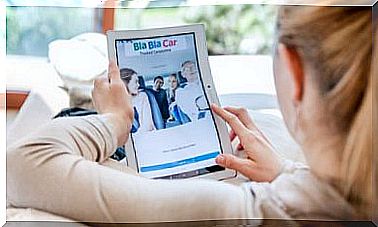Why Are The Jams Occurring?
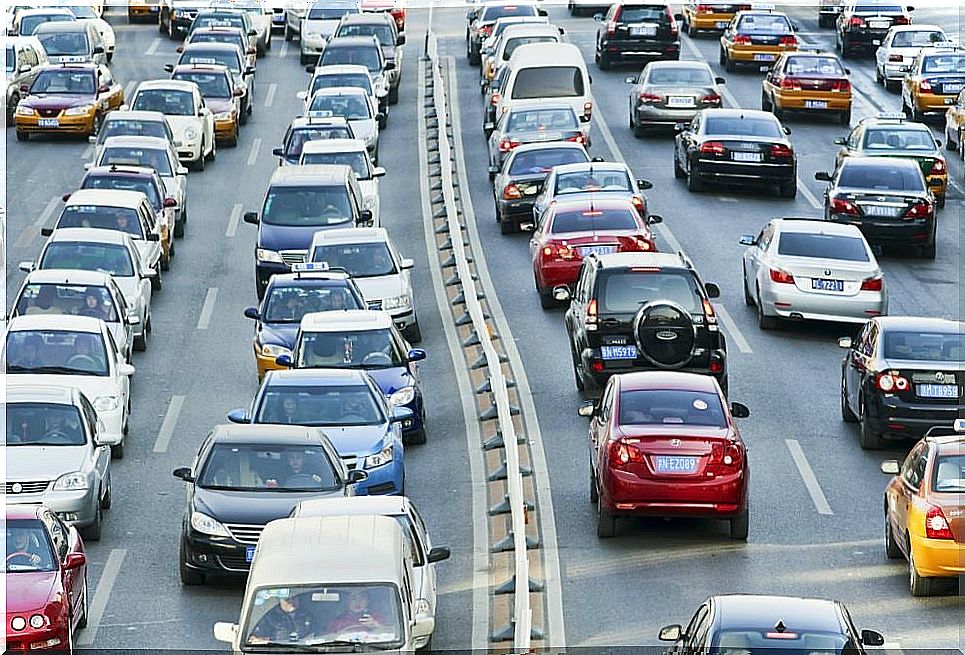
Even in the XXI century, certain things still have no solution and may not have them in the near future; almost any driver asks the same question over and over again: why do traffic jams occur?
The most common answer is that there are too many cars. But the situation is much more complex than that. Drastic lane changes, accidents, poor driver practices, lack of traffic lights, many factors play a role.
The influx of cars is the first cause
A traffic jam occurs when the number of cars traveling on a highway approaches or reaches its maximum capacity. In Madrid and other cities it is seen every day; statistically, the number of vehicles entering a lane is 2,200 per hour. That is, about 4,400 cars on a two-channel road artery.
There are other actions that cause jams
Infrastructure experts have managed to list various causes for which a traffic jam is generated. Many drivers are likely to recognize many of them:
- Lane reduction. Some argue that the more channels there are, the more likely it is that traffic jams will increase.
- Presence of curves. Steep curves especially tend to force the person to slow down and that leads to retentions.
- Incorporation of another vehicle into traffic. This requires others to make room, and the flow slows down.
- Accidents or breakdowns of a vehicle. This inevitably influences traffic. In fact, an element is added: the “peeping eye effect”. When drivers slow down to find out what happened.
- Roundabouts or roundabouts. Located in the middle of several roads, traffic lights or drivers who give way can slow down the march.
- Characteristics of the road. An inclined road, with irregular lines or damage is the cause of traffic jams. If there are many heavy vehicles in transit, the picture worsens, as the so-called “plug effect” occurs.
- Aggressive driving. Regardless of the suggested distances, the cars go very close to each other. There are those who do not measure themselves when changing lanes or varying speed.
Traffic jams are wasted time
There is no quick-fix ‘cure’ for a traffic jam that has started forming in front of the driver’s eyes. And everything gets worse as the vehicles advance; They travel at high speed, but must stop suddenly, increasing the risks.
In this process, it is important to know the decongestion mechanism, which will allow the motorist to calculate the average time spent stuck in traffic.
If there is an accident, it will generate a traffic jam of approximately 16 km of tail. Once traffic is regularized, the last car may be able to get out of hold in almost half an hour. This is commonly known as the ‘accordion effect’.
Take action to survive traffic jams
There are a number of ways to avoid or minimize jams. Among the most common are:
- Share the vehicle between several people. Usually a car can receive a total of five people; that is, four fewer vehicles on the road.
- I campaigns mpulsar to protect the environment. This may minimize the number of cars on the tracks. People will be interested in reducing the emission of toxic gases from fuel.
- Improve public transportation. Especially in big cities. Transshipments, stops and unloadings hinder traffic.
- Promote sustainable mobility. Encouraging the use of alternative vehicles such as bicycles and electric scooters is of great help.
- Make one of the laws. As good citizens, it is important to use signs to warn other drivers that there is an accident or breakdown.
- Avoid going out at busy times or days. Busy or well-known roads should also be ruled out.
- Let go of curiosity. A good driver, respectful of the rules, will stop the habit of stopping to look when something has happened on the road.
- Keep calm. The solidarity between pilots when there is a reduction of lanes allows to make the route more bearable.
The solution is in the hands of the drivers
There are no 100% satisfactory rules for dealing with a traffic jam. But choosing the right time of entry and exit, whenever occupancies allow, can help. Taking precautions about scheduling is even more important if the driver plans to travel.
If possible, the driver should be rested before getting behind the wheel, especially if there is a long journey ahead of him . Controlling the bad mood will make driving a better experience, without braking or accelerating.
Certainly there are many things that ordinary citizens cannot solve. Like the design of many cities, which were practically built within walls, with few points of entry. However, conscience and prudence are essential to counteract the annoyances and dangers of traffic jams.

